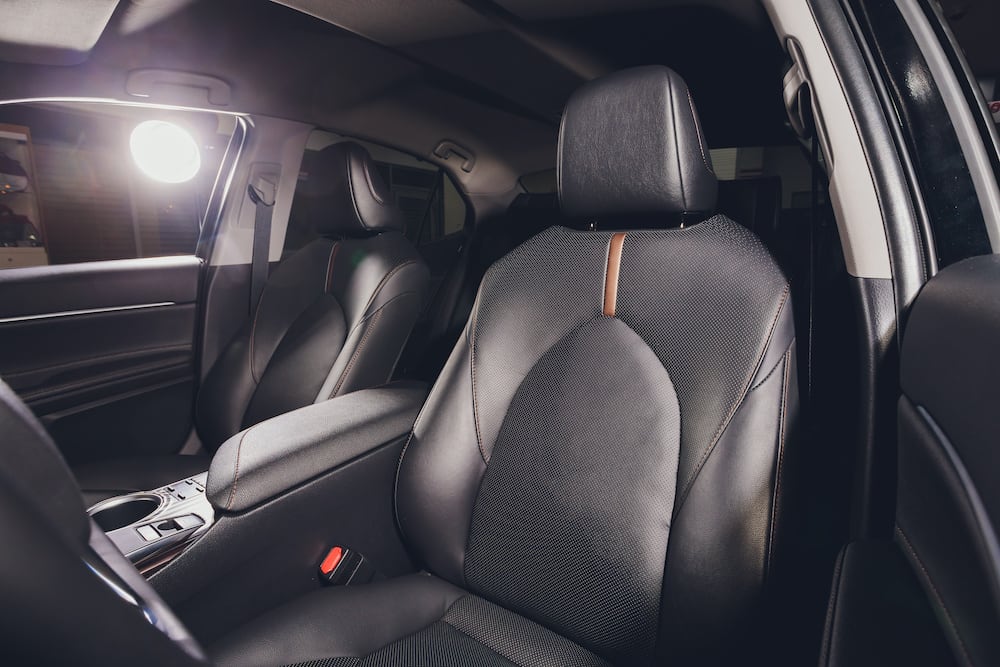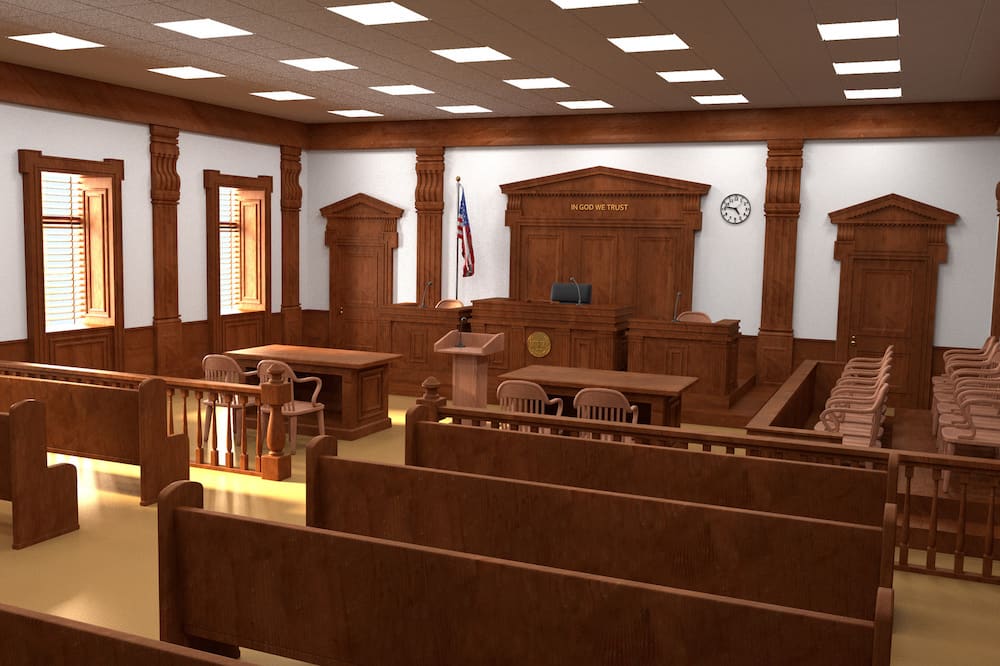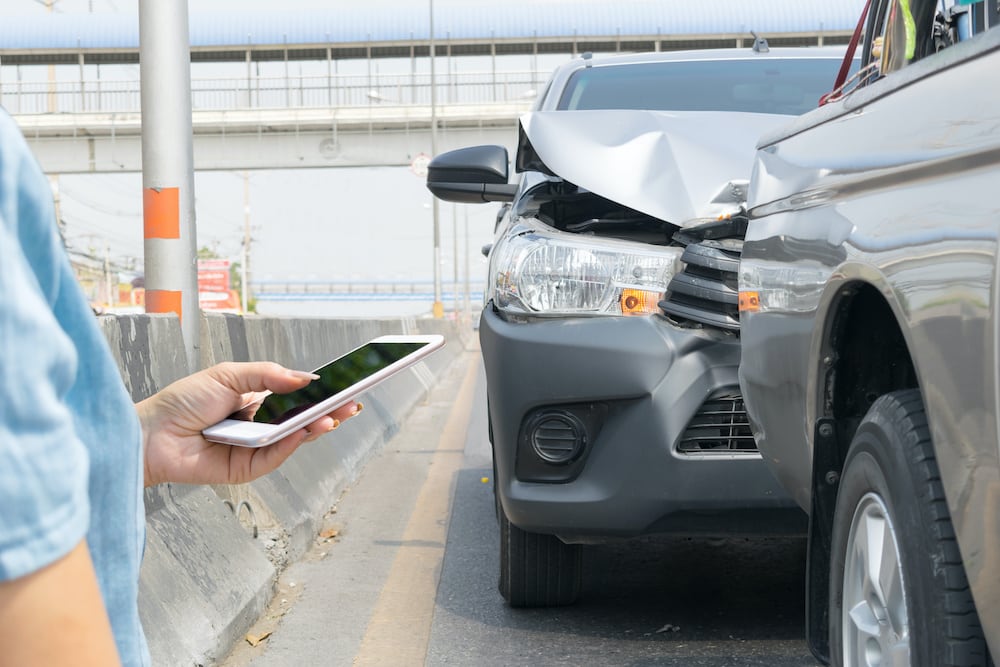
Safety advocates, car manufacturers, and enterprising entrepreneurs continue to invent products aimed at reducing the severity and frequency of car accidents. Newer inventions have saved numerous lives. In addition to better seat belts and airbags, the following technologies have reduced the number of car accidents:
Rear-Facing Cameras
Backing out of a parking space or driveway can lead to an unexpected collision with a vehicle, cyclist, or pedestrian. When used in conjunction with the rearview mirror and side mirrors, rear cameras make reversing easier for drivers. Many cars are being built with rear-facing cameras. A car owner without a rear-facing camera can purchase a wireless model to install at home.
Lane Departure Warning Systems
Veering outside of a lane is a common phenomenon that can end in a sideswipe car accident. Special sensors attached to some cars can alert motorists when they are getting too close to center or side lanes. The alerts are especially appealing to people driving uninterrupted for long periods of time.
Blind Spot Warning Systems
Every vehicle has specific blind spots. These are zones where drivers cannot adequately see anything present. In cars, blind spots are along the right and left rear sides. A warning system that indicates a vehicle or object in the blind spot can prevent a crash by serving as an extra pair of eyes for the individual behind the wheel.
Braking Systems
Anti-lock brakes are standard on some car models. An autonomous braking system does not require any human intervention to respond to an impending collision. Instead, the vehicle senses that a crash may occur and stops accordingly. These newer types of braking systems have become increasingly appealing among car buyers.
Forward Collision Warning Systems
A forward collision warning system alerts a driver when they get too close to the vehicle in front of them. Unlike an autonomous braking system, a forward collision warning system does not take over control of the car. It merely serves as an audible signal for the motorist to slow down.
Hands-Free Devices
In New Jersey, a driver is not allowed to talk on their cellphone unless the device is in hand-free mode. In Pennsylvania, a proposed law would echo this New Jersey regulation. All motorists should avail themselves of hands-free options whenever it is possible. These technologies help drivers keep their eyes on the roads. Being distracted for just a few seconds can lead to an accident.
Adaptive Lights
Some vehicles are equipped with adaptive lights. These lights sense the correct amount of brightness needed for safe travel. They also turn off and on without driver intervention. Not only is this convenient, but it can save batteries from being drained due to turned-on lights.
Applications
Many researchers are exploring the use of applications to help promote safe driving. A handful of insurance companies are even experimenting with application use to determine how safely a driver operates.
What Should I Do After a Collision?
New technologies are decreasing fatal accidents; however, collisions still happen. If a driver does get into a car accident, they should receive adequate compensation to cover personal injury treatment costs. A knowledgeable lawyer can help with a claim after an accident.
Monmouth County Car Accident Lawyers at the Falcon Law Firm, LLC Support Injured Car Accident Victims
If you have serious injuries because of a car accident, you deserve to know your rights. Our Monmouth County car accident lawyers at the Falcon Law Firm, LLC help victims with their claims. We can help you get compensation. Call us at 732-454-3306 or contact us online for a free consultation. Located in Oakhurst, Parlin, and Aberdeen, New Jersey, and Doylestown, Pennsylvania, we serve clients throughout Asbury Park, Belmar, Deal, Ocean Township, Point Pleasant, Long Branch, West Long Branch, Sayreville, Middlesex County, and Monmouth County, New Jersey, as well as Bucks County, Pennsylvania.



